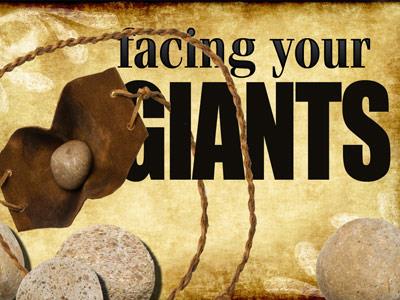-
New Life Sweeps Away Fear Series
Contributed by Scott Chambers on Apr 13, 2009 (message contributor)
Summary: This message examines how the resurrection should remove fear from our life.
- 1
- 2
- 3
- Next
A recent article reported the top ten human fears. Here they are in order: Public speaking, heights, insects, financial problems, sickness, deep water, death, flying, driving and elevators. The conclusion that is so easy to draw is that human beings are very fearful. As we open the pages of Matthew we see in this particular passage fear dominates nearly all the actions. The people are so gripped with fear that nothing short of divine intervention will be able to overcome it. Frightened men crucified Jesus, frightened men desired to make sure He stayed dead. Frightened men hide fearing the consequences of their association with Jesus. As we explore this passage it can be concluded that the resurrection has the ability to take away fear. Today, as we pause to study God’s word, it is my hope that you will discover that new life sweeps away fear.
I. The resurrection tells us that man should no longer fear the tomb.
A. Without man’s nearly universal fear of death, there would have been no cross for Jesus.
1. In the mind of man the worst possible punishment is to have your life forcibly taken away.
2. This fear was revealed in ancient literature such as the Sumerian epic of Gilgamesh. In this epic the hero is on a quest to find a means to break death’s power over him.
3. Jesus’ enemies were afraid to die so they were certain that He shared that same fear but they would discover that they were wrong.
4. Jesus realized that He had nothing to fear because He knew that God is the Lord of life and death.
5. The ancient Greek gods were not always admirable; in fact they were very human in their loves and lusts. But they were immortal and to the Greeks that was sufficient for divinity.
B. Today we scoff at these primitive myths but despite all our sophistication, we still have great difficulty facing death.
1. We prefer to say someone has passed on or gone on to their reward then say that they died.
2. We find it easier to discuss sex and politics then talk about death.
3. Corpses are treated to the finest cosmetic facials so that they will appear more lifelike.
4. The fear of the grave hangs over humanity like a dark cloud but Jesus’ resurrection reminds us of God’s promise that we no longer have to be afraid of death.
C. Jesus’ enemies may have feared death but they were more afraid of Him coming back to life again.
1. The religious leaders wanted Jesus to stay buried so His promises would not once again stir hope. They wanted the whole Jesus movement to stay buried in the tomb.
2. The authorities’ behavior is not unlike that of some religious people today, whether conservative or liberal, who insist on being viewed as right even when they are wrong.
3. The securing of the tomb would have involved the application to the stone of some kind of substance, perhaps a soft clay, impressed with the Roman imperial stamp. The seal would then be attached to the stone with a large rope or cord. The presence of the soldiers themselves would have been the greater deterrent to a posse trying to roll away the rock and steal the body, but the seal would have been more permanent and made grave robbing an illegal, punishable offense.
4. Even a sealed tomb, with guards on duty, cannot hold a person that God wants out of it.
II. The resurrection tells us that man should not fear a message from God.
A. Although the Gospel narratives differ in their depiction of the details surrounding Jesus’ resurrection,they are all agreed that early Sunday morning a group of women came to Jesus’ tomb and discovered that it was empty.
1. The women headed to the tomb to finish the burial preparations of Jesus’ body. Mark records that they were discussing how to move the stone that sealed the entrance to the tomb.
2. When they arrive at the tomb an angel of the Lord is sitting on the stone.
3. The large stone earlier sealed by human authorities is now rolled back and the angel sat on it, thus symbolizing the triumph of God’s power over the futile efforts of the Jewish leaders.
4. The young man’s appearance and garb are appropriately angelic: brilliant, glorious, and pure. The whole scene terrifies the guards and temporarily paralyzes them.
5. Upon their arrival the women are understandably paralyzed but the angel soon calms their fears with very familiar words, “Do not be afraid.”
6. The soldiers had good reason to be afraid. Not only was the angel’s appearance terrifying in itself but, because they had been charged with protecting the grave, an empty tomb could spell their death. The women, however, had no reason to fear, and the angel’s first words were meant to give them comfort and assurance.

 Sermon Central
Sermon Central



